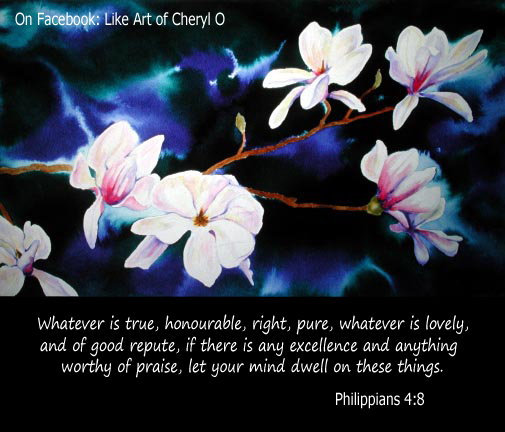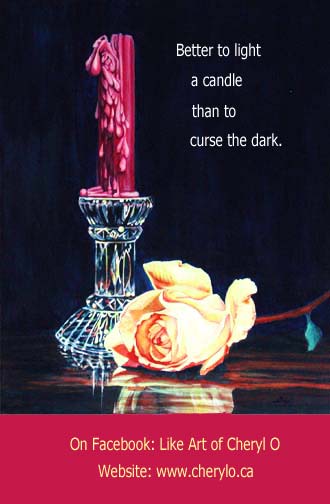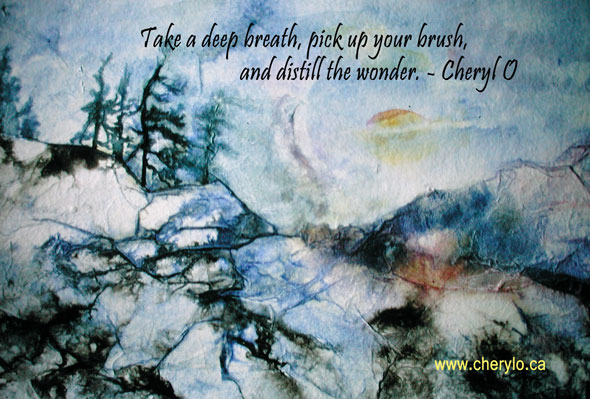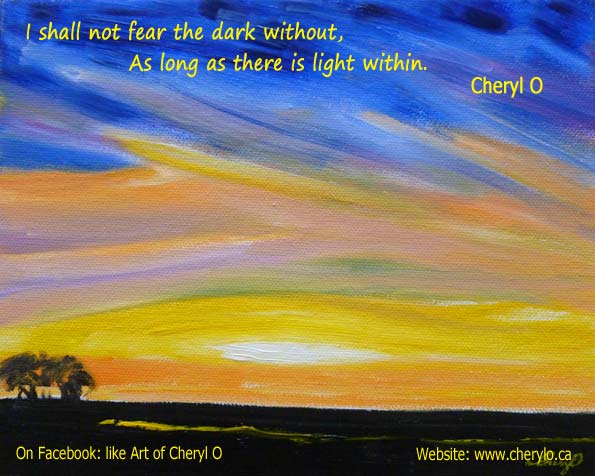Author: Cheryl
4 Types of Creativity
Here’s an interesting article about different types of creativity – “4 Types of Creativity” from The W Blog.
Love Em All
With watercolour, it’s that mesmerizing flow of colour, that transparent glow. With acrylic, it’s the marvelous ability to quickly layer, and layer some more and build the excitement as each layer grows. With oils, it’s the sensual creaminess that makes blending and gradations shere delight. My favourite type of paint? Whatever is on my brush at the moment.
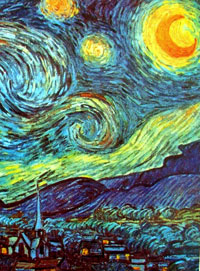
Find Your Creative Side
I love teaching art. There is so much joy in helping others grow their creative side. I teach students to understand colour mixing, about shapes and composition, about finding a unique creative voice. Is this something you have been wanting to try? So many people find that being in class is a great way to get inspired to pick up that pencil or brush. New drawing classes start this Wednesday – absolute beginners welcome, and there is a one day Saturday workshop you could join on Sept. 23. That Saturday we will work step-by-step through van Gogh’s Starry night (featured here). For all the details, check out this link: Art Courses with Cheryl O
Green for Fun
It’s Friday, and I thought you might like a painting idea for the weekend. St. Patrick’s Day is Sunday, how about exploring the colour green? Which greens can you mix with the various yellows and blues that you have? With each mix, play with leaning it to the blue, and then leaning it to the yellow. If your green looks too garish, try putting some burnt sienna into it. Lastly, how about painting something green that is not usually that colour – just for fun. The more unusual the better! Happy painting – and Happy St. Patrick’s Day too.
Crystal Cave
Oh! Wouldn’t you love to go there! I would.
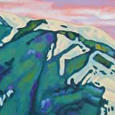
The Puzzler’s Advantage
Painting well is a combination of many skills. Understanding colours and how to mix them, learning to be expressive with line and shape, to mention just a few. As students learn about composition, I encourage them to identify the large shapes in their composition. Squinting at the photo reference and painting in progress helps because this eliminates a lot of detail allowing large shapes to be more discernable. When there is a variety in the size of the main shapes, there is more likely to be a pleasing composition. These shapes should fit together in interesting ways, and perhaps people who do puzzles have an advantage here. They might more easily grasp the idea of shapes fitting into each other to form an image. In any case, making a quick sketch of the main shapes in your painting before starting can help you catch any major compositional errors before starting. Is there variety – some large some smaller? Do they fit together with interesting lines and angles?
